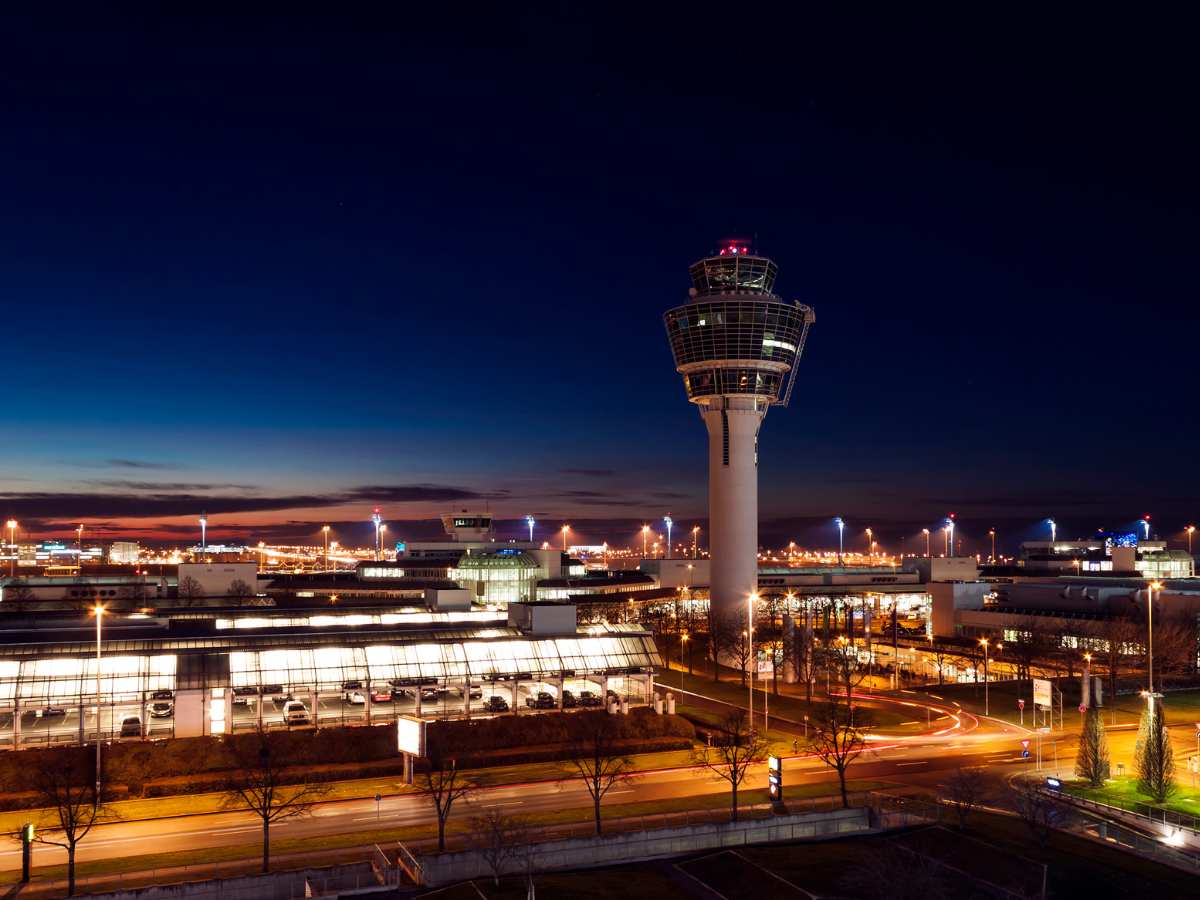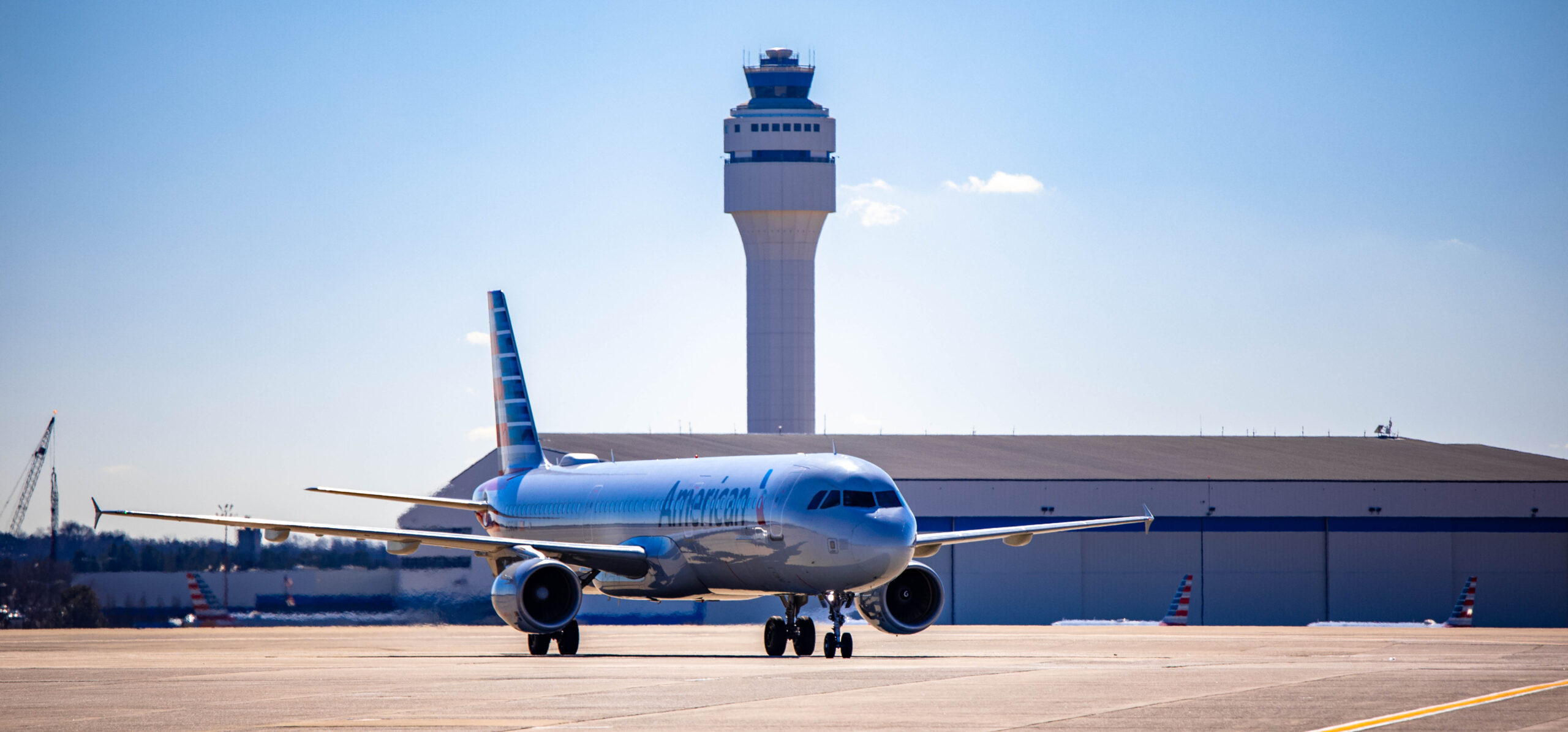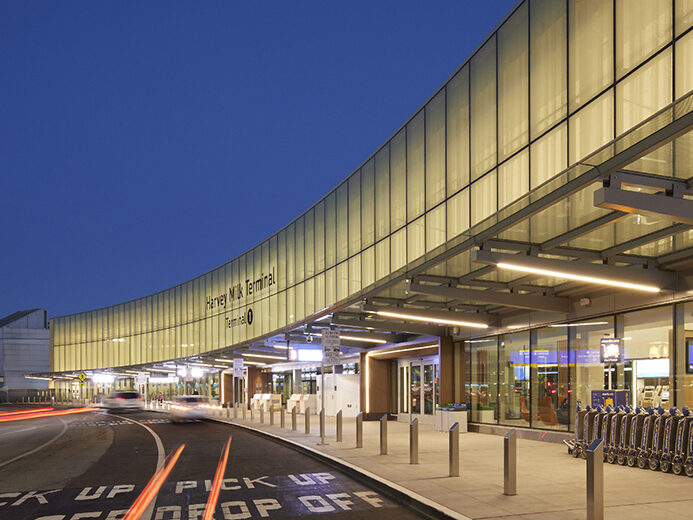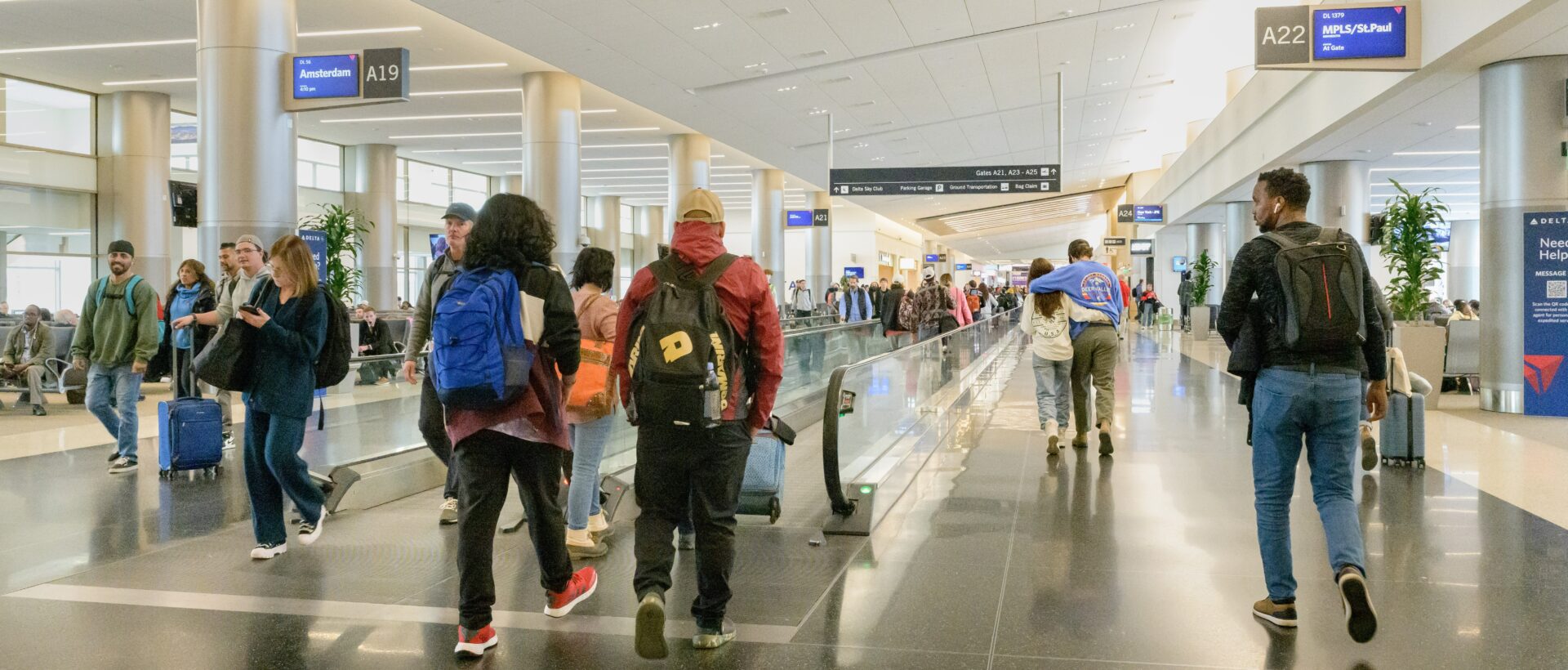The Federal Aviation Administration (FAA) has announced the decision to reduce air traffic volumes by 10% at 40 high-volume U.S. airports, citing safety concerns amid the federal government shutdown.
At a press conference, Bryan Bedford (FAA Administrator) and Sean Duffy (Transportation Secretary) underscored that the cuts are a proactive step to relieve pressure on air-traffic‐control (ATC) staffing, after many controllers and other aviation employees have been without pay since the shutdown began.
Key points:
- The reductions begin this Friday and will ramp up to the full 10 % next week
- The order applies to 40 major U.S. markets, though the FAA has not officially published the full list
- International flights are initially exempt from the cut-back
- The move is justified on safety grounds: the FAA says fatigue among controllers and other staffing shortfalls are creating elevated risk levels
Airlines have announced planes to prioritise long-haul international and major hub-to-hub flights, with reductions more likely on regional/non-hub routes. Refunds and flexible rebooking have been offered even for non-refundable tickets in recognition of the disruption risk
United Airlines' official announcemnet reads:The Federal Aviation Administration (FAA) and the Department of Transportation have directed every airline, across 40 U.S. airports, to meaningfully reduce their schedules during the government shutdown. The goal is to relieve pressure on the national aviation system to keep us all operating safely. That is the highest priority for the FAA—and for United. Here’s what our customers should know:
These reductions will start Friday, November 7. We will continue to make rolling updates to our schedule so we can provide several days’ advance notice.
If your flight is impacted, we will notify you in advance via the United app, our website or a text.
United’s long-haul international and hub-to-hub flights will not be impacted. Instead, the focus is on schedule reductions to regional and domestic mainline flights that do not travel between our hub airports.
Any customer traveling during this period is eligible for a refund – even if your flight is not impacted. That includes all non-refundable and Basic Economy tickets.
The cut in capacity has a number of immediate and potential ripple impacts for air travellers. Fewer available flights at impacted airports means a higher risk of cancellations, rescheduling, and longer delays. Up to 4,000 flights a day are expected to be impacted.
The move underscores the fragility of the U.S. aviation system when exposed to staffing shortfalls. The FAA emphasised that this is a safety-driven decision rather than purely cost-driven.
The full list of affected US airports can be found here.












